It’s hard to believe that both Sony’s PlayStation 4 and Microsoft’s Xbox One launched nearly seven years ago back in November 2013. Over this time, remarkable games have been produced, business strategies have been formulated and executed upon, and each mega corporation finds themselves confidently staring down the next generation of consoles. In this two-part article series, we’ll be taking a look back at what Microsoft and Sony did right and wrong this past generation.
RIGHT: Game Pass

Game Pass has got to be the success story of this generation for Microsoft and perhaps even the console market as a whole. The thought had long lingered out there… a “Netflix for gaming” sometimes even seemed like an impossibility. If a service like that existed, fans thought, it surely couldn’t live up to the Netflix comparison. Thankfully, Microsoft had different thoughts about a subscription-based video game service. They aggressively marketed and supported Game Pass even making all of their brand new 1st party titles available to the service on day 1. Couple this with a very enticing price tag and even more day 1 release support from 3rd parties and Game Pass quickly saw wild success. In April 2020 Microsoft announced that there were more than 10 million active subscribers to Game Pass which vastly dwarves Sony’s PS Now service which only boasts 2.2 million subs.
RIGHT: Backward Compatibility

While the competition largely drove Game Pass’ success, Microsoft’s backward compatibility efforts were internally driven by passion within Xbox teams. To properly bring an old game up to speed on current tech, careful considerations needed to be made on a game-by-game basis. Microsoft was committed to that grind and tried to get as many titles, both from Xbox and Xbox 360, playable on Xbox One as possible. When Xbox One backward compatibility launched in late 2015 there was an incomplete yet still impressive number of quality games of yore ready to roll – with extra enhancements to boot! The number of games that are now backward compatible has only grown as Microsoft continues to double down on this front.
RIGHT: Ditched Kinect and Rebranded Xbox One

There will be plenty of time in the “Wrong” section to get into Xbox One’s botched reveal, but let’s now focus on how they got out of that hole. If Xbox One’s recent fortunes could be summed up in two words, it would be “Phil Spencer”. Spencer, the former general manager and VP for Microsoft Studios filled the vacated seat as head of Xbox and quickly got to work on his vision for the brand. The first fruits of that came by way of the Xbox One S, a new, cheaper Xbox One model that removed the packed-in Kinect and refocused on what mattered most for a home console, playing games. A year later, Microsoft released a powerful compliment to the S, the Xbox One X. Having reset the hardware stage, Spencer was now focused on resetting another perceived weakness…1st party game support… but that won’t come into play until the next generation.
WRONG: That Reveal
Where to begin? At the end of the Xbox 360 lifecycle, the Kinect, a new camera peripheral was introduced into the Xbox ecosystem. Don Mattrick, the head of Xbox at the time, decided to design the Xbox One around this peripheral. Not necessarily a bad thing in and of itself… Kinect had plenty of nifty and useful features, no doubt. But the console unveiling revolved almost entirely around the Kinect, the UI, and how users will do anything other than play a video game with it. Combine this with an aggressive always online DRM strategy and use game prevention all mixed to create one of the biggest backlashes in video game history. It’s something Microsoft never really recovered from. Yes, they’ve found success in their own right, but the heights they could have climbed to were greatly marred by this poorly delivered, mixed messaging.
WRONG: Not Enough Big, Exclusive Games
This is slightly subjective given everyone has different tastes in games, but by and large, Microsoft could not get out of the massive shadow Sony was casting with its 1st party games. Make no mistake, Xbox One had outstanding exclusive games, especially early on. Titanfall, Sunset Overdrive, and Ori and the Blind Forrest anchored the library during those first 2 years, but as time went on, and as Sony kept releasing great game after a great game, the flow of games simply was not fast enough for Microsoft. Phil Spencer recognized this and began shopping for the studios they would eventually announce at E3 2018.
WRONG: Price
I thought about lumping this in with the reveal of the Xbox One, but it deserves its entry since, I believe, it was separate from the unveiling debacle in May 2013. Going into E3 2013, industry fans around the world were waiting to hear the prices for the new Xbox One and PlayStation 4. As was customary at the time, Microsoft held their event first and dropped the price tag of $499. Not extra surprising given the inclusion of Kinect, but it still has a bit of a sting nonetheless. That same night, Sony announced that the PS4 would be $399, and the rest, as they say, is history. Xbox One had a great launch but had trouble sustaining the momentum throughout the lifecycle of the console with that $499 tag, which is why Spencer so desperately needed to rebrand in 2015 with the One S.
As Microsoft gears up for the Xbox Series X launch this holiday, I think they are in a fantastic position largely contributed by some of the “Right” things in this article and I’m excited to see how they build on the momentum gained at the end of this generation.
